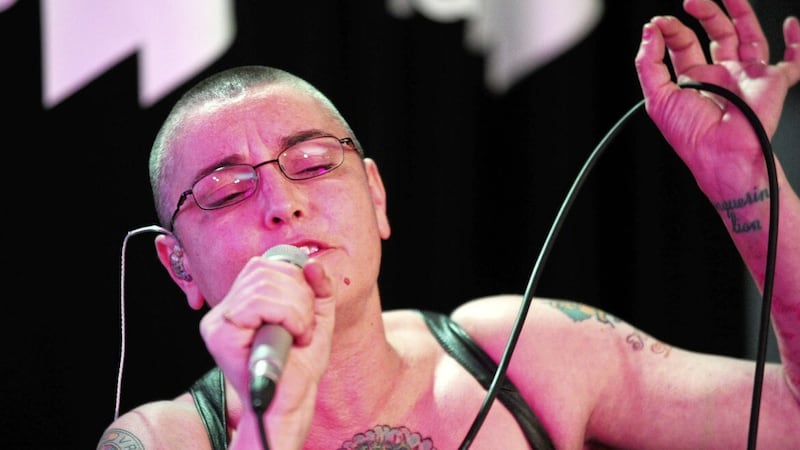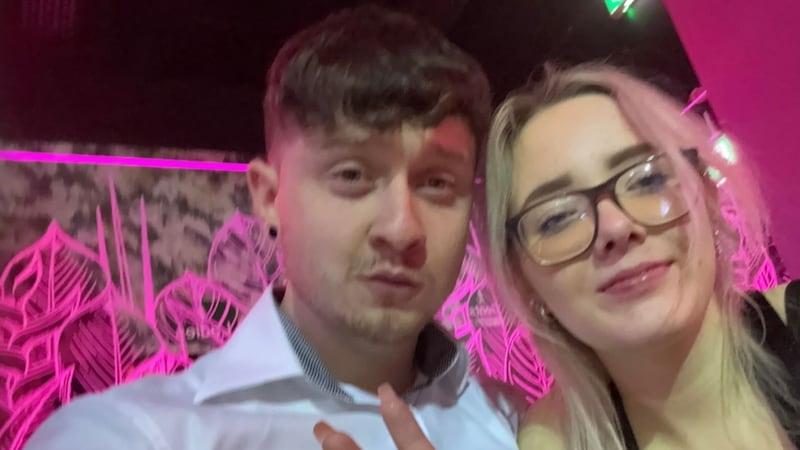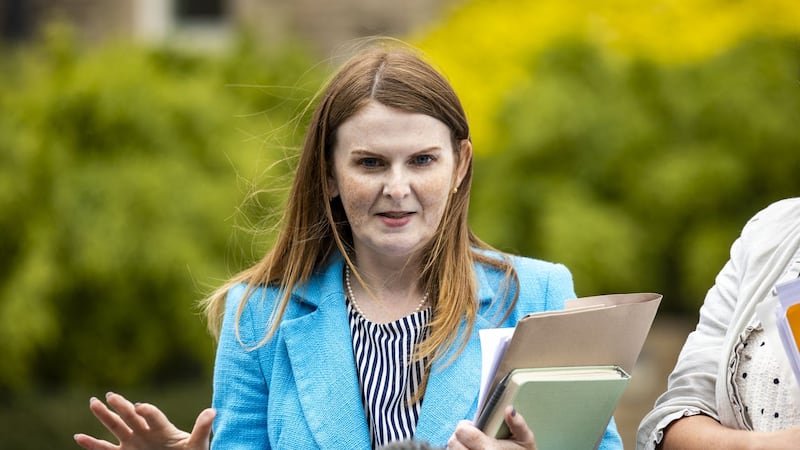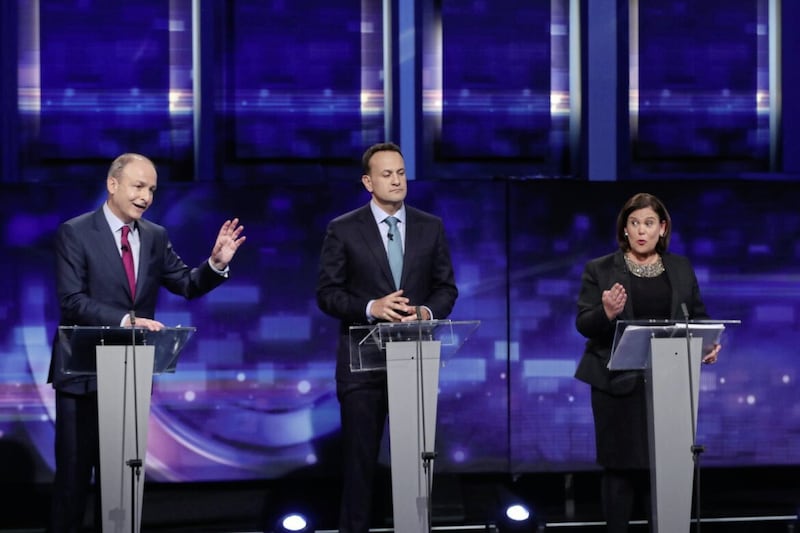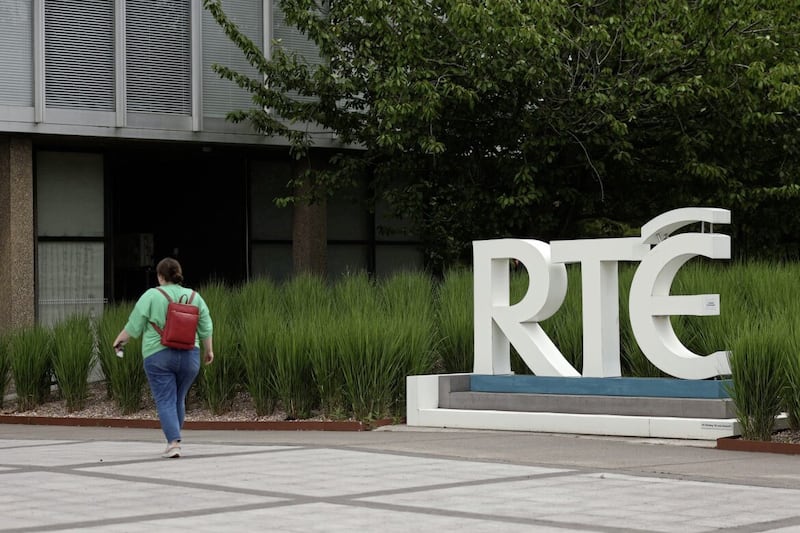THE immensely sad and untimely passing of Sinéad O'Connor has generated a wave of distress and grieving such as we haven't seen since the tragic demise of John Lennon.
Both of them were amazingly talented, each with a highly distinctive singing voice and neither of them lacking the courage to confront difficult issues of the day.
Sinéad was of course a native of this island and John had great-grandparents from Omagh and from County Down, as well as being born himself in “the real capital of Ireland”, namely Liverpool.
If John Donne (1572-1631) were around today, he might well give us a more politically correct version of his famous poem No Man Is an Island, perhaps concluding it as follows: Any person's death diminishes me/Because I am involved in humanity/And therefore never send to know for whom the bell tolls/It tolls for thee.
All of us have lost a part of our lives with the early departure of Sinéad, although thankfully we have her recordings as a permanent legacy. It would be hard to count the number of times her legendary rendition of Prince’s Nothing Compares 2 U has been broadcast on radio and TV in recent days, but most listeners would doubtless want to hear it again; such a heartfelt performance.
Read more:
'Nothing Compares 2 U' climbs charts following singer's death
Sinead O'Connor sent texts ‘laden with despair' to Bob Geldof weeks before death
Acts of kindness by Sinead O'Connor revealed
The present writer met Sinéad O’Connor, later known as Magda Davitt and finally Shuhada’ Sadaqat, in a non-musical environment many years ago. I didn't keep a diary in those days but my instinct tells me it was in or close to the year 1984. I was a reporter with The Irish Times and young people visited the place occasionally to discover what working at a newspaper was like.
The newsroom layout consisted of double rows of desks facing each other and I remember Sinéad sitting across from me for a while. This was before her singing career got wings and I like to think she picked up a few tips about the journalistic trade.
Little did I realise that this cheerful and amiable young person would go on to become a musical superstar who would send ripples through the political system with the stances she took on various issues from time to time, especially by tearing up that photo of Pope John Paul II when she appeared on the American TV show Saturday Night Live in October 1992, which she said afterwards was a protest against misdeeds by the Catholic Church, particularly in relation to child abuse.
Much later, at the end of 2014, Sinéad O'Connor applied to become a member of Sinn Féin and party officials met her to discuss the application. Speaking to me later for my book Power Play: The Rise of Modern Sinn Féin, published the following year, one of the interviewers recalled the advice he gave to the singer at the meeting.
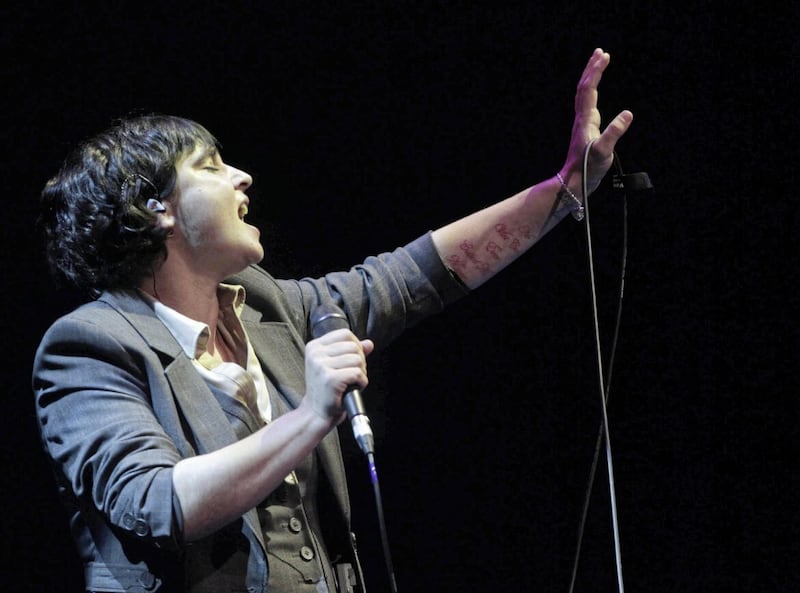
He told her that being a member of Sinn Féin would probably hold her back. She wouldn’t be able to speak freely, she’d have to follow party policy on all issues, as decided at the annual conference: she couldn’t accept one part of it and not accept another and that was what membership entailed. "If the party makes a decision at our ardfheis, that’s it, you’re bound by the decisions of the ardfheis."
Sinéad had suggested on Facebook that the Sinn Féin leadership at the time (Gerry Adams was still the party's president) should step down in favour of a younger generation. When I asked the party official about it, he said: “Sure that doesn’t matter, that’s an opinion.” But he continued: “It is hardly compatible with somebody coming in and saying, ‘I accept the policy of the party, I accept the democratic nature of the party but I don’t accept the leadership of the party as democratically elected at an ardfheis’ – as Gerry [Adams] is every year.”
That particular issue didn’t arise in the conversation with Sinéad, but it was pointed out to her that, if she was involved in her local cumann (branch) in Bray, Co Wicklow, the members would be out and about in the evening “probably giving out leaflets on water charges or housing or unemployment... and you’d have to accept that and be part of doing all of that”.
The singer withdrew her application after the meeting and wrote on Facebook: “They persuaded me that I’d be bored s***less, pretty much waiting for them to get into government before being able to help generate any national discussion on the issue of ending partition.”
At an early stage in her musical career she expressed some pro-IRA sentiment but later retracted it, saying: "I was very, very young and I didn't know what I was talking about." She took part in a protest in Dublin on March 28 1993 against loyalist killings in the north and the IRA bombing a week earlier in Warrington which caused the deaths of two boys, aged three and 12 years.
In a tribute to Sinéad O'Connor on Facebook last week, Sinn Féin leader Mary Lou McDonald said: "She was deeply passionate, fearlessly outspoken and relentlessly provocative. She pushed the boundaries and refused to conform to society’s expectations of her. An unmistakable icon of Irish music, gone all too soon."
The party's deputy leader and first minister-designate Michelle O'Neill wrote on Twitter: "Saddened at the news of Sinead O’Connor’s passing... A big loss not least to her family & friends, but all her many followers across the world."
In summary then it can be said that, quite apart from the great tragedy of her passing, life without Sinéad O'Connor is going to be somewhat duller for all of us.
